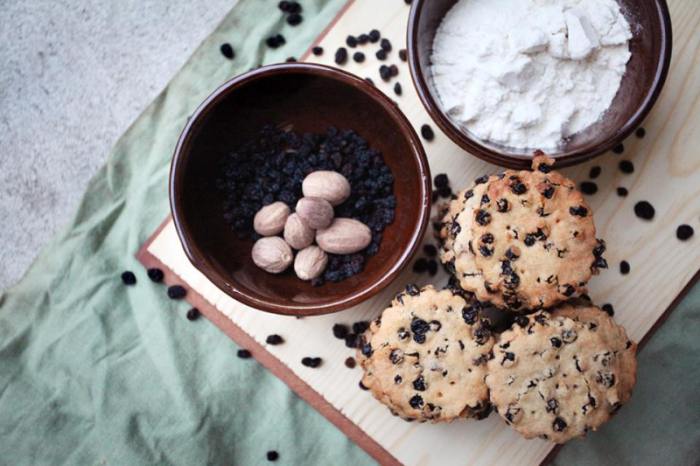
My blog has been sadly neglected over the past few months; my thesis, a family wedding, an unexpected trip overseas and just normal life craziness has been getting in the way. I’m afraid that it probably isn’t going to get much better this year, but as an apology here is my entry for the HFF Literary Foods challenge (which was only due a week ago).
One of my favourite books is North and South by Elizabeth Gaskell. I like to describe it as Jane Austen with a social conscience; although it is ultimately a romance, the novel is bound up in concerns about class, industrialisation and poverty. Like many other Victorian novels (and indeed earlier English novels), food often isn’t discussed explicitly because it is not in good taste to talk about food too much in public [1]. That being said, there is a lot of food in North and South and the food, or lack thereof is a major device within the novel[2].
Luckily for me, there is one scene in particular which mentions an actual dish and it just happens to be one of my favourite sections of the novel in which Mr Thornton, mill-owner and love interest, comes to the Hales’ for tea.
“Behind the door was another table decked out for tea, with a white table-cloth, on which flourished the cocoa-nut cakes, and a basket piled with oranges and ruddy American apples, heaped on leaves.”[3]
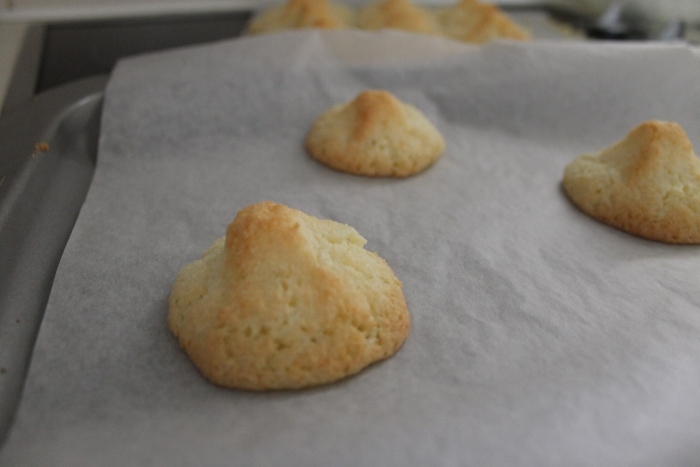
The Recipe
The cocoa-nut cakes which Dixon, the cook and special confidante of Mrs Hale, has made were made from eggs, sugar and grated coconut. Koivuvaara believes that these were made from eggs, sugar and grated coconut[4]. This lines up with the recipe provided in Mrs Beeton’s Book of Household Management. It is also similar to that provided in Miss Leslie’s book, Seventy-five Receipts For Pastry, Cakes and Sweetmeats (1828) which also contains spices. However, other recipes call only for egg whites e.g. Jennie June’s American Cookery Book (1870), Creole Cuisine (c. 1885) and Eliza Acton’s recipe for ‘Very Fine Cocoa-nut Macaroons’ in Modern Cookery for Private Families (1868). Robert Wells provides quite a different recipe in The Bread and Biscuit Baker’s and Sugar-Boiler’s Assistant (1890) including flour, chemical leaveners, butter and milk. I chose Mrs Beeton’s recipe, but perhaps it would have been more successful if only the egg whites had been used.
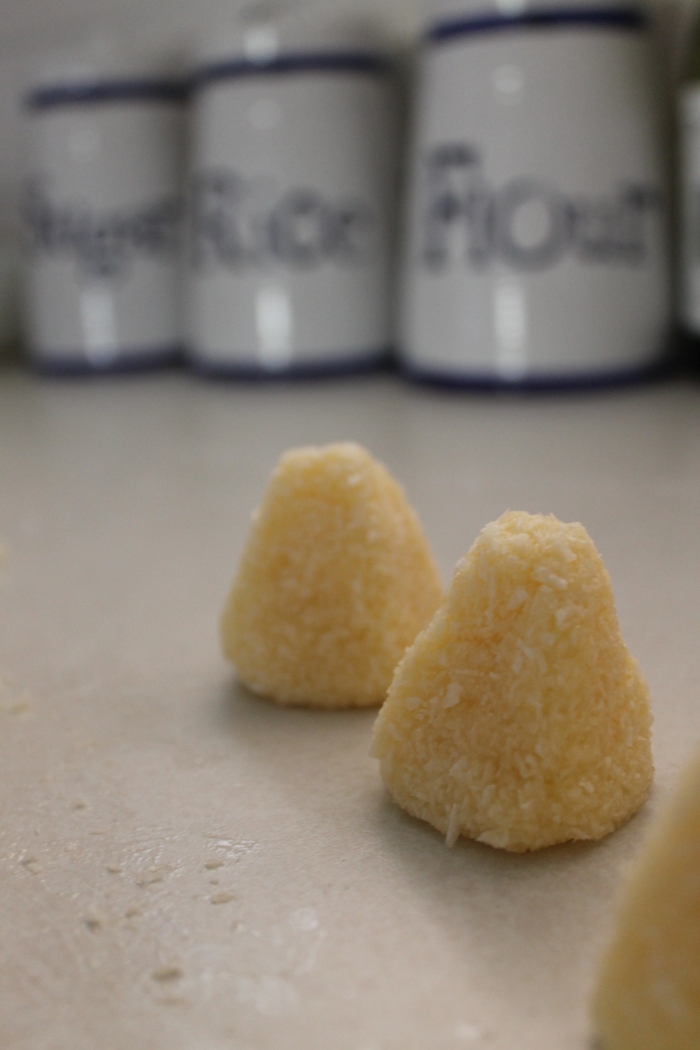
Mrs Beeton’s recipe is as follows:
COCOA-NUT BISCUITS OR CAKES.
- INGREDIENTS.—10 oz. of sifted sugar, 3 eggs, 6 oz. of grated cocoa-nut.
Mode.—Whisk the eggs until they are very light; add the sugar gradually; then stir in the cocoa-nut. Roll a tablespoonful of the paste at a time in your hands in the form of a pyramid; place the pyramids on paper, put the paper on tins, and bake the biscuits in rather a cool oven until they are just coloured a light brown.
Time.—About 1/4 hour. Seasonable at any time.[5]
However, I’m sure that Dixon did a much better job than the melted, collapsing pyramids that I managed. My only solace is that I don’t seem to be alone in having difficulty with this recipe. SJ Alexander over at The Queen’s Scullery had a go at the same recipe a few years ago, and said “Shaping the coconut was not even remotely possible, and the eggs migrated out of the coconut haystacks to form custardy pools around the macaroons’s ankles, which turned crispy in the oven. When they came out, they tasted delicious, but fell apart the minute I tried to move them off their tray. The funny thing was that the recipe did not differ greatly from modern coconut macaroon recipes–I’m not sure what went wrong, exactly. Shelling and preparing fresh coconut was a fun experience, and it was noticeably different from preshredded coconut from the store.”[6]
Mine seemed to hold up a bit better than hers, and I think that’s because I used store-bought desiccated coconut. Desiccated coconut was first produced in 1880 in Sri Lanka, before then it had to be produced at home.[7] Eliza Acton describes how it’s done:
“Rasp a fresh cocoa-nut, spread it on a dish or tin and let it dry gradually for a couple of days, if it can be done conveniently …”[8] Whilst making your own desiccated coconut would certainly be an interesting thing to try, it wasn’t something I had time to do, and other than perhaps giving some insight into the coarseness of the coconut required, I’m not sure that it would make all that much difference.

The first batch which melted into one big mass
Using the quantities given, I could roughly shape the mixture, but they were more mastaba than pyramid. What I found was that with a bit of extra coconut, I could shape the mixture into pyramids, but when my first batch went into the oven (at 150ºC), they slumped joined together. I had better luck with the last couple, to which I added even more coconut and cooked at a higher temperature (180ºC). This batch also had far fewer on the tray, and so they had room to spread out without touching each other. I’m still not sure though that they are quite the shape that Mrs Beeton was suggesting. They went into the oven as pyramids, and came out as large gumdrops.
[1] McWilliams, “‘A Vulgar Care’: Talking about Food in Eighteenth-Century Anglo-American Novels”; Moss, Spilling the Beans.
[2] see Koivuvaara, “Hunger, Consumption, and Identity in Elizabeth Gaskell’s Novels.”
[3] Gaskell, North and South, 90.
[4] Koivuvaara, “Hunger, Consumption, and Identity in Elizabeth Gaskell’s Novels,” 136.
[5] Recipe 1740 Beeton, Beeton’s Book of Household Management.
[6] Alexander, “Doing Bad Things to Innocent Cucumbers.”
[7] Santich, Bold Palates: Australia’s Gastronomic Heritage, 201.
[8] Acton, Modern Cookery, for Private Families, 545.

The second batch, they held together but I’m still not sure they could really be called pyramids.
The Redaction
Cocoa-nut Cakes
290g sugar
2 large eggs
170g desiccated coconut, plus enough to make into a mouldable paste (about 5 tbsp more)
- Preheat the oven to 180ºC. Line a baking tray with baking paper.
- Whisk the eggs until pale and frothy. Gradually whisk in the sugar to make a thick, silky batter. Stir in the coconut. Try to shape a dessert-spoonful into a pyramid. If the mixture is too soft, add more coconut, until they will hold the shape nicely.
- Place the pyramids on the baking tray, leaving lots of room between them. Bake for 10 minutes or until lightly golden.
The Round-Up
The Recipe: Cocoa-nut Biscuits or Cakes from Mrs Beeton’s Book of Household Management (available at http://www.gutenberg.org/cache/epub/10136/pg10136-images.html).
The Date: 1861
How did you make it? See above.
Time to complete?: 30 mins.
How successful was it?: The first batch melted into one shapeless mass, and while they tasted great (like coconut ice but crunchier) the fell apart when you lifted them. The second batch held their shape much better, thanks to extra coconut and you could even lift them up.
How accurate?: I wonder if including the egg yolk was a mistake, because a lot of the other recipes just use the egg white beaten to stiff peaks. I think that would help hold the shape better. I didn’t grate and dry my own coconut, but I do think that the coconut should be dried and not used fresh. At the same time, I don’t know exactly what texture of coconut should be used, mine was quite fine and maybe it should have been coarser.
Bibliography
Acton, Eliza. Modern Cookery, for Private Families: Reduced to a System of Easy Practice, in a Series of Carefully Tested Receipts, in Which the Principles of Baron Liebig and Other Eminent Writers Have Been as Much as Possible Applied and Explained. London: Longman, Green, Reader, and Dyer, 1868.
Alexander, SJ. “Doing Bad Things to Innocent Cucumbers.” The Queen’s Scullery, January 28, 2010. http://thequeenscullery.com/2010/01/28/doing-bad-things-to-innocent-cucumbers/.
Beeton, Isabella, ed. Mrs Beeton’s Book of Household Management. London: S.O Beeton, 1861.
Cunningham Croly, Jane. Jennie June’s American Cookery Book. New York: The American News Co., 1870.
Gaskell, Elizabeth. North and South. London: Penguin Books, 1994.
Hearn, Lafcadio. La Cuisine Creole: A Collection of Culinary Recipes, from Leading Chefs and Noted Creole Housewives, Who Have Made New Orleans Famous for Its Cuisine. New Orleans: F.F. Hansell & Bro. Ltd., 1885.
Koivuvaara, Pirjo. “Hunger, Consumption, and Identity in Elizabeth Gaskell’s Novels.” University of Tampere, 2012. http://tampub.uta.fi/bitstream/handle/10024/66893/978-951-44-8780-4.pdf.
Leslie, Eliza. Seventy-Five Receipts for Pastry, Cakes, and Sweetmeats. Boston: Munroe and Francis, 1828.
McWilliams, Mark. “‘A Vulgar Care’: Talking about Food in Eighteenth-Century Anglo-American Novels.” In Food and Language: Proceedings of the Oxford Symposium on Food and Cooking 2009, edited by Richard Hosking, 227–36. Great Britain: Prospect Books, 2010.
Moss, Sarah. Spilling the Beans: Eating, Cooking, Reading and Writing in British Women’s Fiction. Oxford University Press, 2013.
Santich, Barbara. Bold Palates: Australia’s Gastronomic Heritage. South Australia: Wakefield Press, 2012.
Wells, Richard. The Bread and Biscuit Baker’s and Sugar-Boiler’s Assistant. London: Crosby Lockwood and Son, 1890.

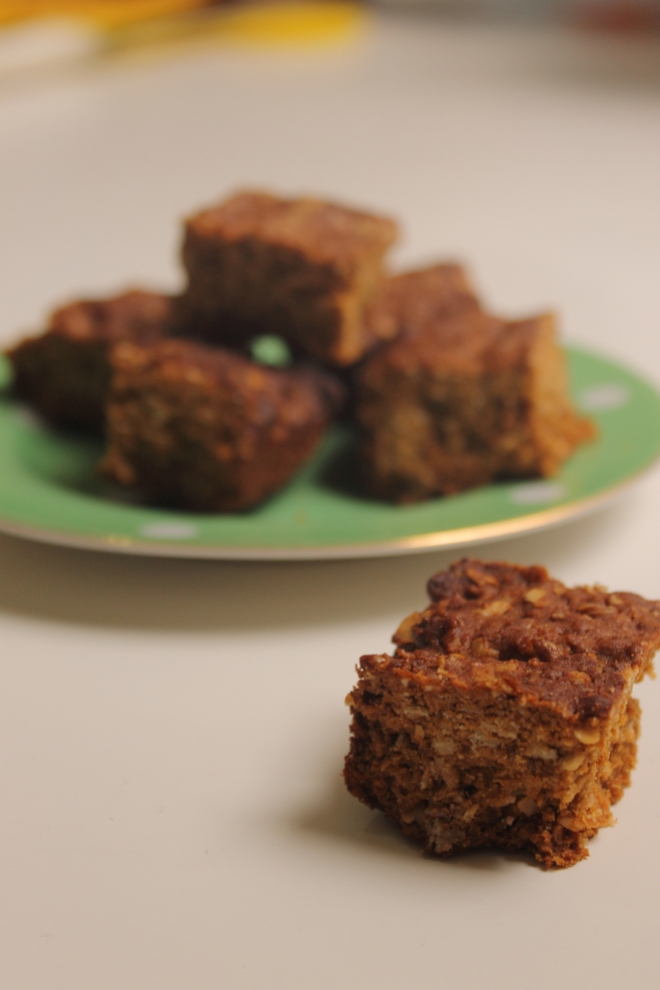
![By Spider.Dog (http://www.flickr.com/photos/spiderdog/2484274442/) [CC BY-SA 2.0 (http://creativecommons.org/licenses/by-sa/2.0)], via Wikimedia Commons](https://turnspitandtable.files.wordpress.com/2015/11/yorkshireparkin.jpg?w=660&resize=660%2C495)
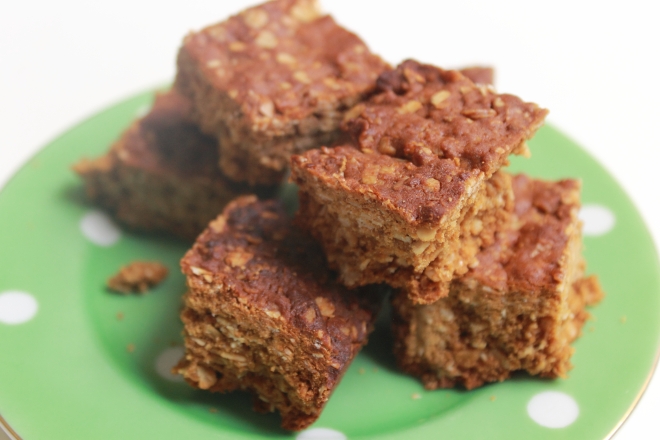



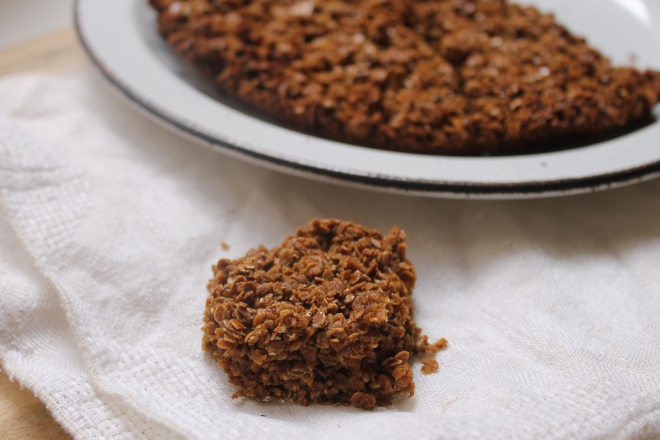

![Still life with Venetian Glass, a romer and a candle by Clara Peeters, 1607. [Public domain], via Wikimedia Commons](https://turnspitandtable.files.wordpress.com/2015/02/clara_peeters_stillleben.jpg?w=800&resize=700%2C566)
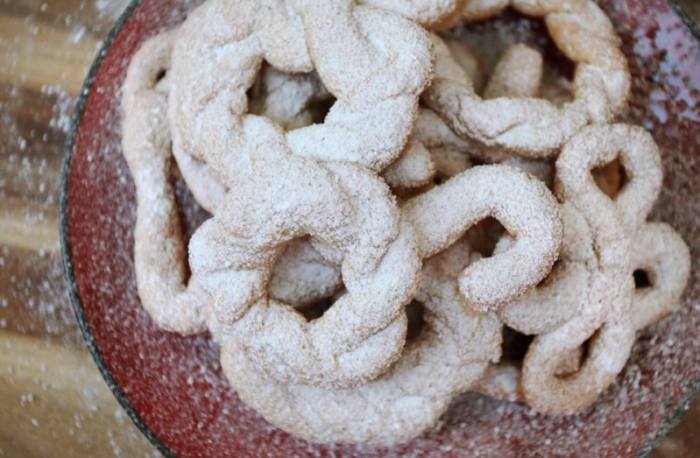
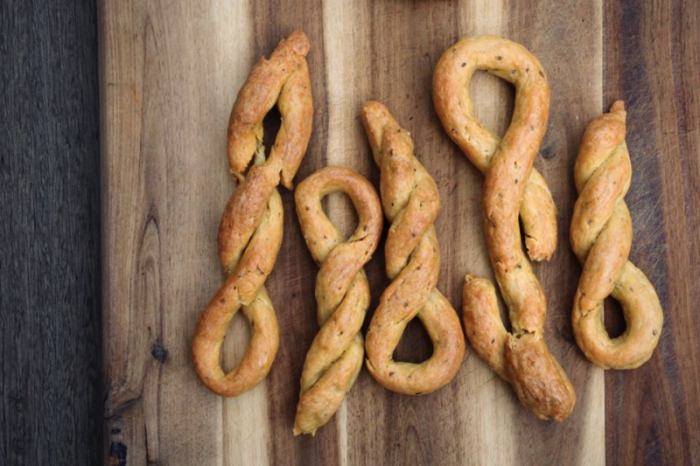
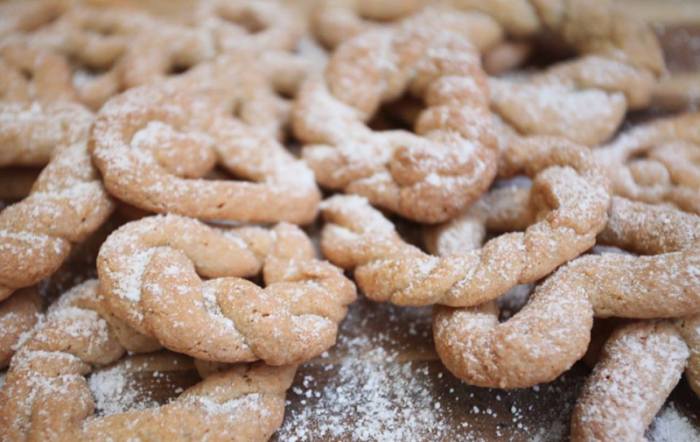
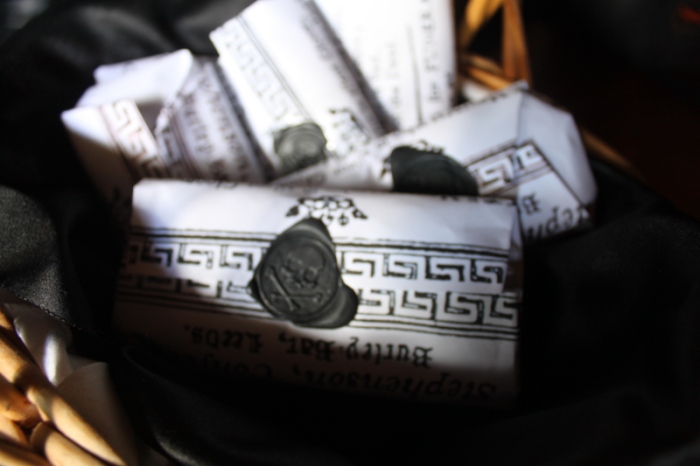

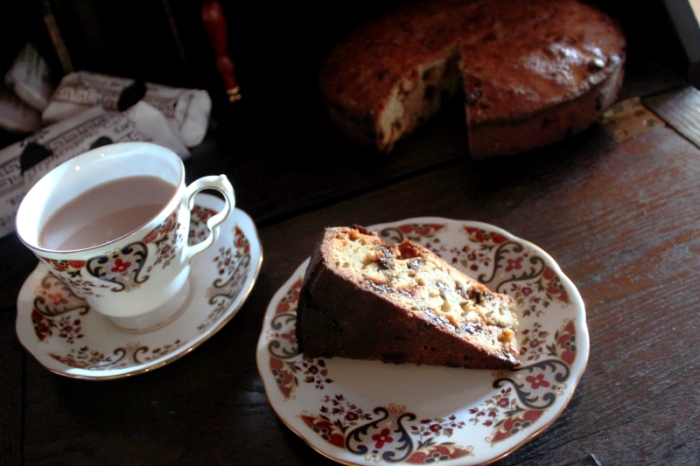
![Even though this picture is quite a bit earlier than the other sources we've been looking at, I think its very interesting to see the girl serving wine on the left (and the text mentions that those present will drink several glasses before and after the funeral) and the girl on the right who has a plate of food. Could it be biscuits? Funeral Scene from The ceremonies and religious customs of the known world by Bernard Picart, 1737. Credit: Wellcome Library, London. Wellcome Images [CC BY 4.0]Bernard Picart, 1737. Credit: Wellcome Library, London. Wellcome Images http://wellcomeimages.org CC BY 4.0 http://creativecommons.org/licenses/by/4.0/](https://turnspitandtable.files.wordpress.com/2015/01/l0006640.jpg?w=800&resize=700%2C557)
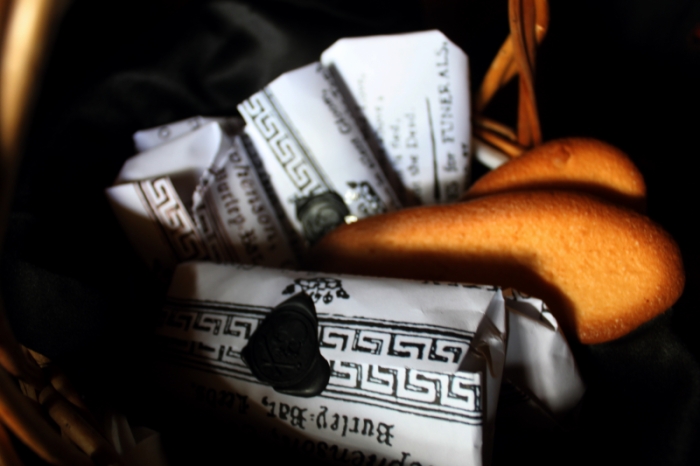
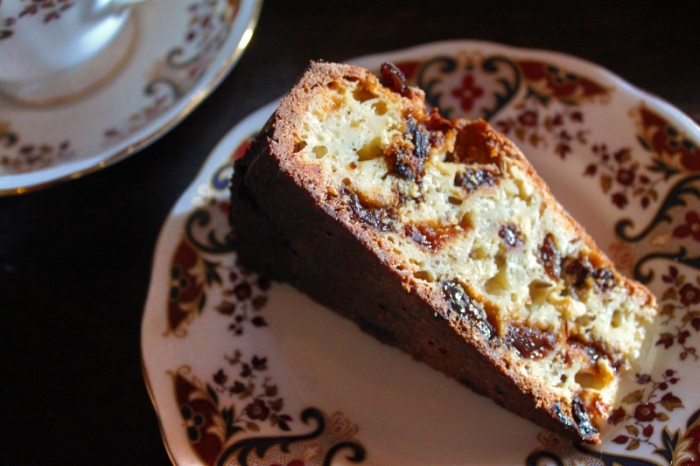
![Portrait of 12 yr old Marie Antoinette by Martin van Meytens c. 1767-1768 [Public domain], via Wikimedia Commons](https://turnspitandtable.files.wordpress.com/2014/10/marie_antoinette_young2.jpg?w=800&resize=700%2C886)
![Portrait of Sir K. Digby from the Wellcome Library London. Line engraving by R.V. Verst after Anthony Van Dyke. [CC-BY-4.0 (http://creativecommons.org/licenses/by/4.0)], via Wikimedia Commons](https://turnspitandtable.files.wordpress.com/2014/10/portrait_of_sir_k-_digby_wellcome_l0006443.jpg?w=775&resize=700%2C925)
![Ribes currants. By Petr Kratochvil [Public domain], via Wikimedia Commons](https://turnspitandtable.files.wordpress.com/2014/10/blackcurrant_by_petr_kratochvil.jpg?w=682&resize=682%2C1024)
